I Finished Trails of Cold Steel IV
By Bowl-of-Lentils 5 Comments
SPOILER WARNING! I do talk about some spoilers for Cold Steel 3 and 4 so read at your own discretion.
I had burned out kind of hard on the Trails series back in 2020-2021. I had started Cold Steel 4 but just couldn’t find the motivation to finish it after playing so many entries in a row and wasn’t really feeling the game back then. Plus I hadn’t yet finished Trails to Azure at the time and the reception to CS4 within the Falcom fandom was so divisive that I eventually decided to step away for a while. So when I finally decided to try and finish CS4 this year, it felt like I was doing the franchise equivalent of eating my vegetables. Getting this entry out of the way so I could finally move on to other installments that are more universally praised. In some ways it did feel like that, but I ended up having a much better time with CS4 than I was initially expecting. While the macro story of 4 has some annoying retcons and contrived conflicts, the micro stories are still just as strong as they’ve ever been. The individual moments between Rean and his friends, the narratives of the NPCs, they all got me invested in the game even if the overall story was sometimes taking some awkward turns.
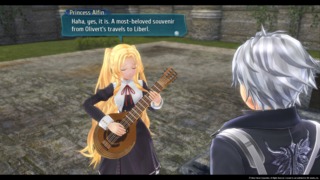
The core of CS4’s story is strong, and has a lot of room for good conflict and drama. However, it feels like at every turn the game places a safety net for itself, like it's trying to avoid facing the consequences these situations set up. Characters that were formerly your allies will turn against you, but don’t worry it's just the Curse controlling them. A character will die dramatically in the previous game but don’t worry, he’s okay now and has a cool eyepatch. While these moments would sometimes have me rolling my eyes, the emotions the characters themselves were feeling during these plot points still felt genuine. I knew Olivert was going to make a return at some point but seeing his sister visit what was essentially his grave still made me a little teary eyed. And I’ll admit that it was still pretty exciting to see Olivert make his big return in the Courageous II. Many former allies became villains due to the Curse, but there were also characters like Claire and Cedric who went through engaging arcs where they felt conflicted about their decisions. And then there were people like Rufus that knew exactly what they were doing and got a punch in the face for it. Plus, I think even Falcom realized they went a little too far with the Curse and had a few scenes in CS4 where it was explained that people are still responsible for their actions even under the Curse’s influence (although it was still a bit sloppy in execution).
My whole experience playing through CS4’s story was an odd one. I cared about what was happening, even if it was poorly executed on paper, because I cared about the characters. Like their experiences were “real” even if I was detached from the situation. I especially felt this with the NPCs. Seeing families be torn apart because of the military draft was really sad to see because I had grown to know all these people across multiple games. Even seeing people get sucked in by the government’s war propaganda was heart breaking in a different way (even if the game said it was simply the work of the Curse). On top of that, while the system is controversial with some fans, I felt like the bonding events in CS4 were particularly good in this entry. In fact, a lot of my favorite moments happen in these little vignettes. They weren’t all winners but a lot of the heartfelt moments shared between the cast really got me. So while the game held back sometimes with the consequences of its narrative, it felt like it did not hold back in terms of emotional consequences (if that makes sense).
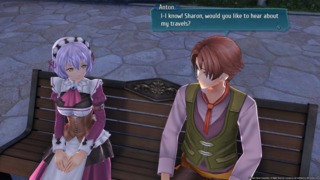
However, even despite CS4’s positives, both Cold Steel 3 and 4 are still dragged down by excessive bloat and the simple fact that both games often feel like less exciting retreads of the previous two Cold Steel titles. Both duologies go over similar plot points but the events in 3 and 4 often feel far less impactful compared to their equivalent set pieces in 1 and 2. In CS4 you locate all your old friends and reclaim your school just like in Cold Steel 2 but it feels far less triumphant. And, similar to 3, the padding in CS4 gets to be quite egregious at times. There are many scenes that are just copied and pasted throughout the story to fill space, with only the characters and locations changing. Going through a labyrinth where one of the cast members faces an important person from their past is cool the first time, but it starts to get a little old when the same thing happens two or three times right after that. And I audibly groaned when the game made me play through the salt pale dungeon six times in a row near the end of the game (even if they were short). So while there are some great moments in CS4, they are often surrounded by content that feels like it was created just to extend the length of the game.
Also, as a side tangent, Cold Steel IV is billed by fans as the “Avengers: End Game” of the franchise and yet it didn’t really feel like the accumulation of the series thus far to me. Estelle and Lloyd show up (along with a lot of their friends), but they kind of feel like cameos in a story that is very much about Rean and the new/old Class VII. And sure, you get to face the longtime villain of the series, Osborne, but in the end, CS4 feels more like the “Ready Player One” of the series rather than a big conclusion. A story about someone else’s adventure full of references to things fans will enjoy from the past. I think a lot of this has to do with the fact that everything is filtered through the perspective of Rean and Class VII. There are so many individual characters and unrelated groups of people in the narrative that it might have been better if the story contained multiple protagonists so the cast was able to break off into groups and have more room to breathe and develop their own resolutions. Falcom must have thought the same thing because the next game in the series does in fact structure the story in this way.
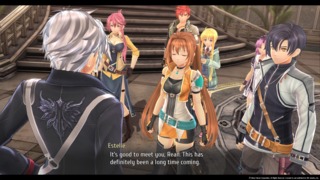
It often feels like CS4 is trying to juggle too much at once, so it shouldn’t be surprising that the game’s quality is uneven. Both Cold Steel 3 and 4 were also the very first games Falcom had developed from the ground up exclusively for an HD console which I’m sure made development even more difficult on top of trying to be a huge concluding entry in the franchise. So while I’m disappointed in some aspects of the game, I can also empathize with why the game turned out the way it did. But, while a lot of things around the edges are under cooked, the core elements that make a good Trails title are still present in CS4 and I had a real moment with the game this year despite my complaints.
When I started Cold Steel IV way back in 2020, I was knee deep in the online fandom (well, more like I was lurking around it) and had just played several titles back to back. So when I started CS4, I was just burnt out on the series and, honestly, the discourse surrounding it. While there is plenty to criticize about Cold Steel IV, when I returned to playing the title this year I realized that even a middling Trails game is still a rock solid RPG in the end. Heck, I didn’t even talk about the gameplay which is still just as polished as it was in 3. But to get dramatic for a minute, playing Cold Steel 4 surprisingly felt like a layer of cynicism was being peeled off my jaded husk. It was a purifying experience in some weird way, like I was relearning that I still loved something just as much as I did in the past. There were several times where I basically said, “Oh yeah, I love Falcom games” while reacquainting myself with CS4. It made me reflect again on how it's okay to enjoy things even if you recognize they have flaws and the value of sometimes distancing yourself from the online fandom so you can get out of the echo chamber and just have your own thoughts about a title. Watching the game’s ending really just made me feel happy and I’m not sure if anyone who played all of the previous titles before CS4 couldn’t at least come away with a smile on their face during the conclusion. The game might have been 20-30 hours too long (at least to someone like me that did every little thing), but I still had a fun time with Cold Steel IV and it has sort of revitalized my love for this series in a way I wasn’t expecting.


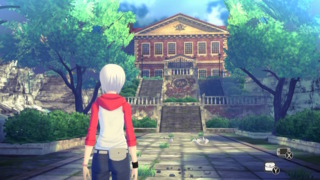


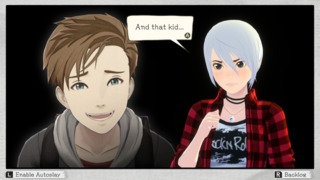
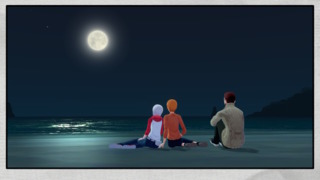
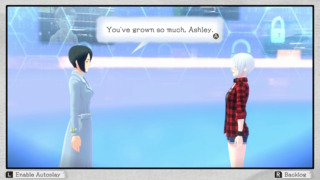
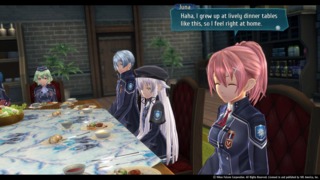
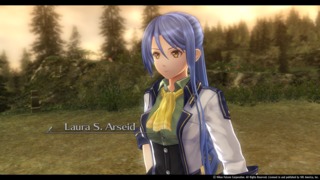
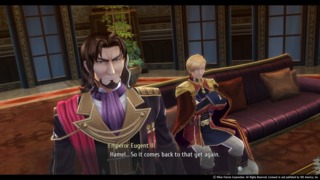
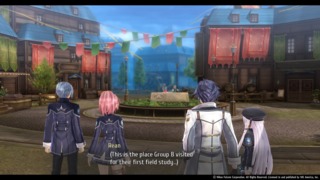
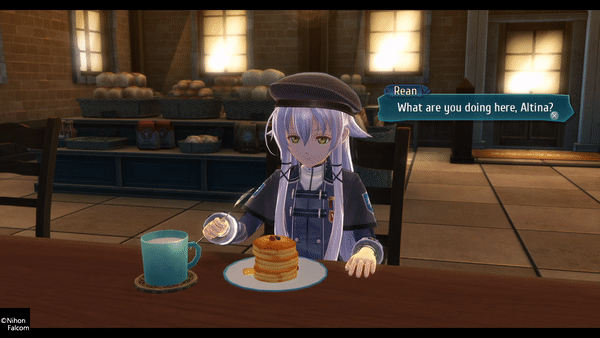
Log in to comment